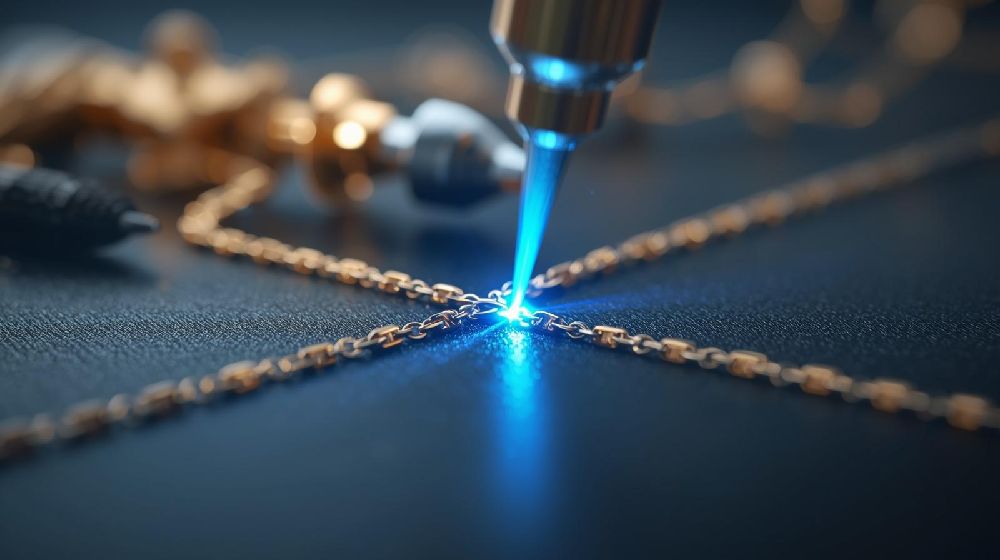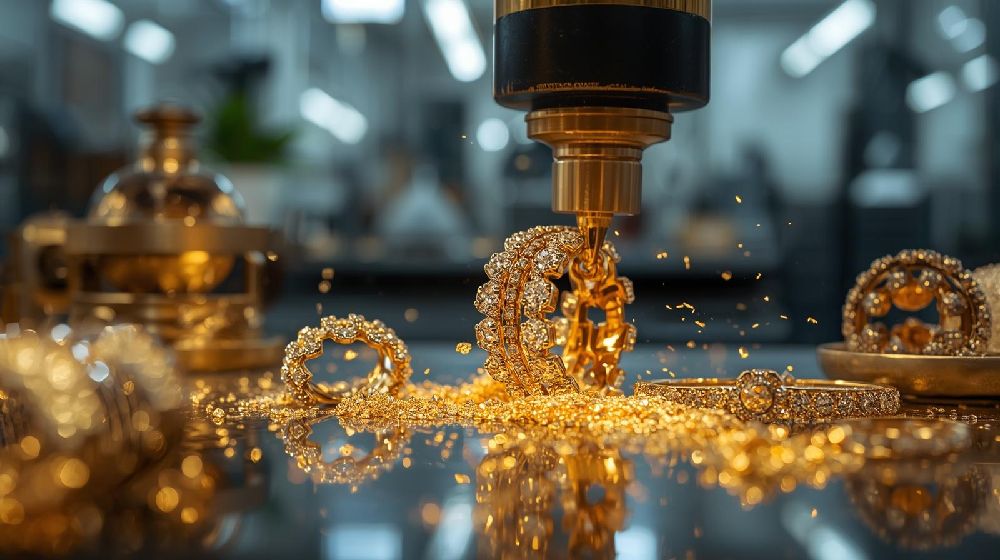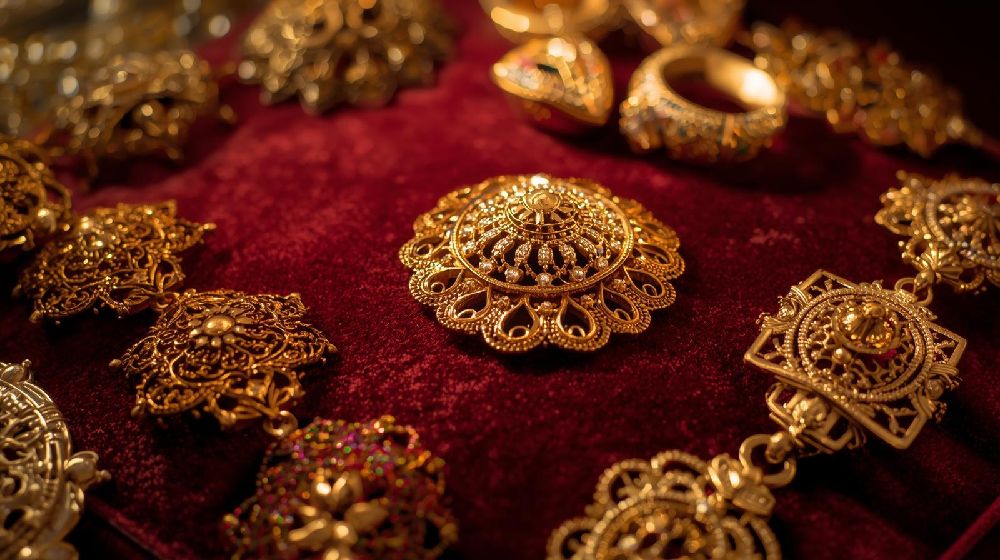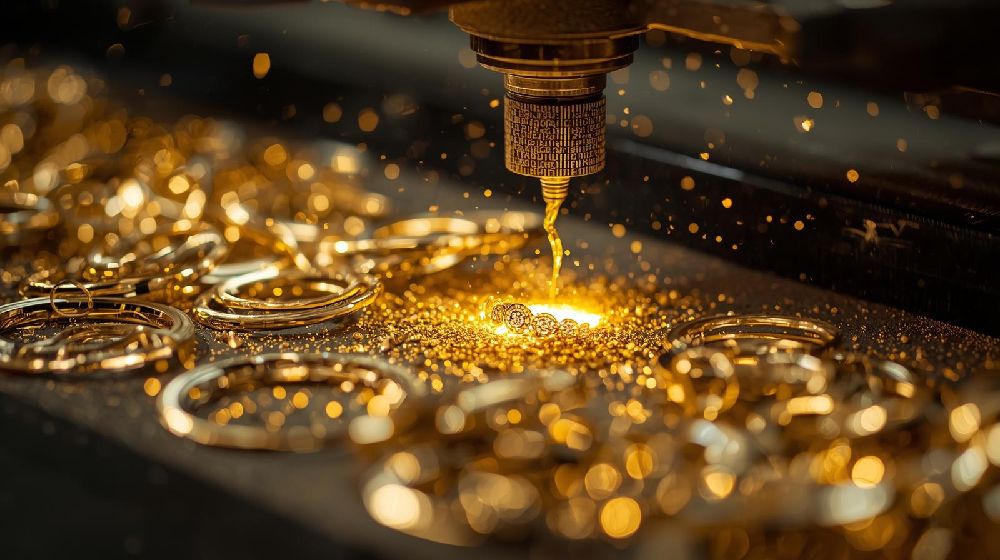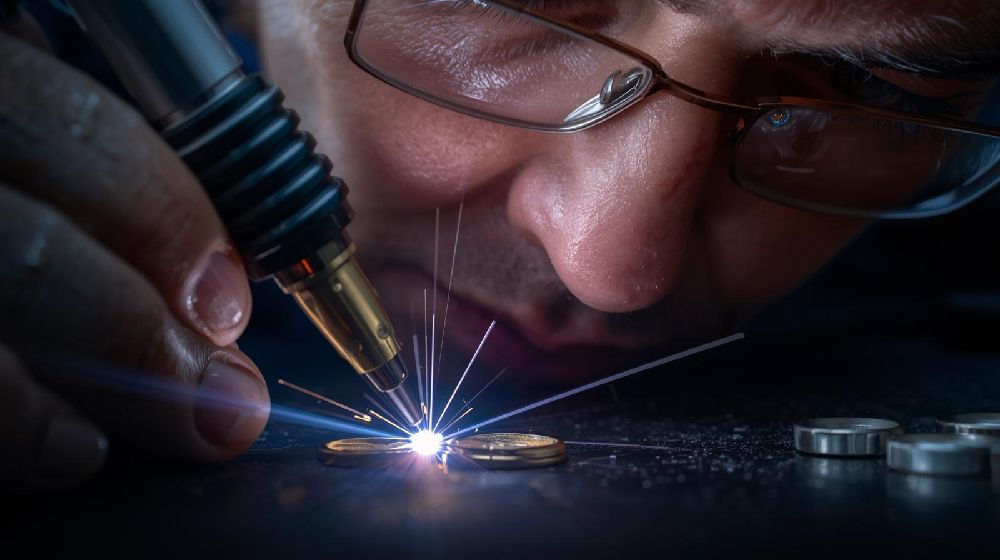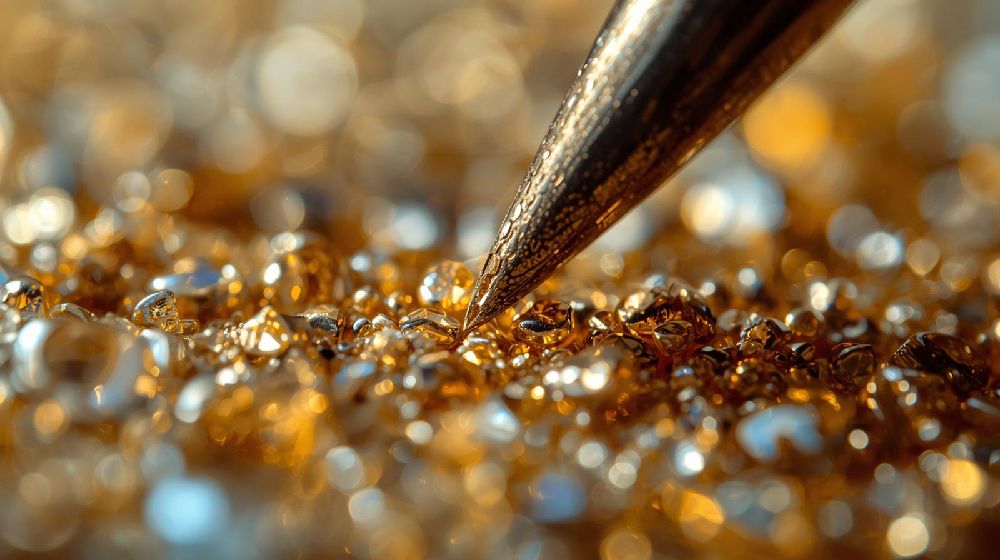The jewelry industry is undergoing a quiet but powerful transformation. As consumers become more conscious of sustainability, ethics, and environmental responsibility, circular gold has emerged as a defining force in modern jewelry manufacturing. By recycling existing gold and reintroducing it into new designs, the industry is proving that luxury and responsibility can coexist—without compromising purity, beauty, or value.
Understanding Circular Gold
Circular gold refers to gold that is recovered, refined, and reused instead of newly mined. Unlike many materials, gold does not degrade with recycling. Whether it’s decades old or newly refined, recycled gold retains the same chemical composition, purity, and performance as freshly mined gold.
This makes gold uniquely suited for a circular economy—where materials are continuously reused, reducing waste and environmental impact.
Why Recycling Gold Matters
Traditional gold mining is resource-intensive, requiring extensive land use, water consumption, and energy. Circular gold helps address these challenges by:
-
Reducing the need for new mining
-
Lowering carbon emissions
-
Minimizing environmental disruption
-
Conserving natural resources
By choosing recycled gold, manufacturers significantly reduce their environmental footprint while maintaining premium quality.
How Recycled Gold Enters the Manufacturing Cycle
Recycled gold comes from multiple sources, including:
-
Old or broken jewelry
-
Manufacturing scrap and off-cuts
-
Electronic components and industrial waste
-
Unsold or outdated gold stock
These materials are collected, melted, refined, and tested to achieve precise purity levels such as 24K, 22K, or 18K, making them suitable for fine jewelry production.
Precision Manufacturing Meets Sustainable Materials
Modern jewelry manufacturing combines recycled gold with advanced techniques like:
-
CNC machining for accuracy
-
Laser welding for seamless joins
-
High-polish finishing for luxury aesthetics
-
Micro-setting and lightweight engineering
Recycled gold performs identically to mined gold, allowing jewelers to create everything from delicate daily-wear pieces to bold statement designs—without compromise.
Design Innovation Through Circular Gold
Circular gold enables:
-
Lightweight, minimal jewelry for everyday wear
-
Modular and repair-friendly designs
-
Easy resizing, remodelling, and upgrading
-
Reduced material waste during production
Designers are now creating collections with longer life cycles, ensuring jewelry can evolve with changing styles instead of being discarded.
Consumer Trust and Transparency
Modern buyers want more than beauty—they want traceability and honesty. Circular gold supports this shift by:
-
Offering documented sourcing
-
Supporting ethical manufacturing practices
-
Aligning with responsible luxury values
Brands using recycled gold are increasingly transparent about their processes, helping consumers make informed and confident choices.
Economic Benefits of Circular Gold
Beyond sustainability, recycled gold also makes financial sense:
-
Stabilizes raw material costs
-
Reduces dependency on volatile mining supply chains
-
Improves efficiency in manufacturing
-
Enables competitive pricing without sacrificing quality
This balance benefits both manufacturers and consumers.
The Future of Jewelry Is Circular
Circular gold is not a trend—it’s a long-term evolution of the jewelry industry. As technology advances and awareness grows, recycled materials will become the standard rather than the exception. Brands that embrace circular practices today are shaping a future where jewelry is timeless, responsible, and enduring.
Final Thoughts
Circular gold proves that sustainability doesn’t diminish luxury—it elevates it. By transforming old gold into new masterpieces, modern jewelry manufacturing honors both tradition and innovation. The result is jewelry that carries not just beauty and value, but also a deeper purpose.
In a world moving toward conscious consumption, circular gold is redefining what modern luxury truly means.



